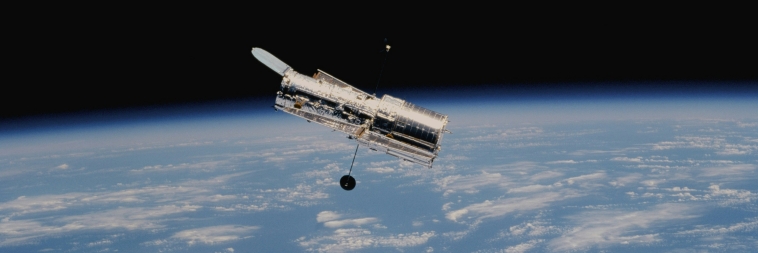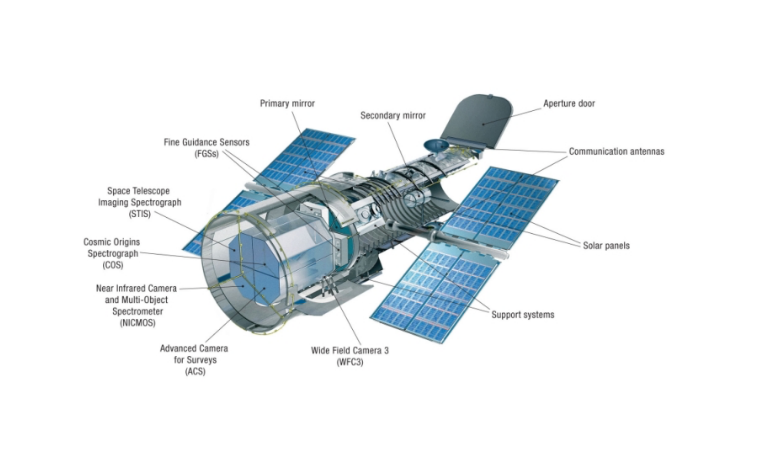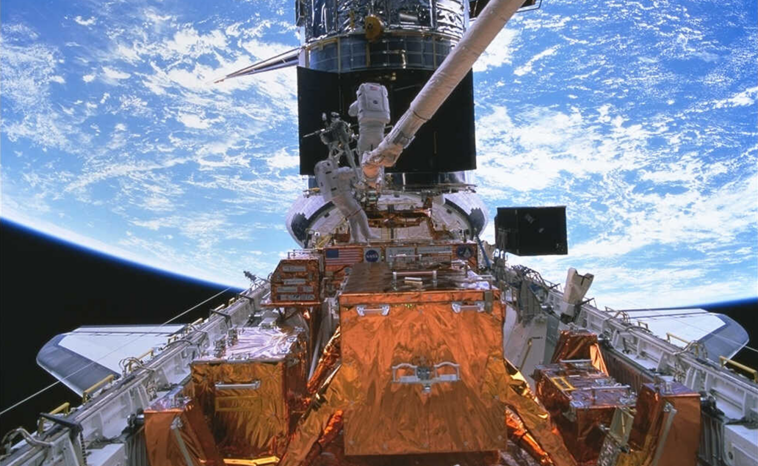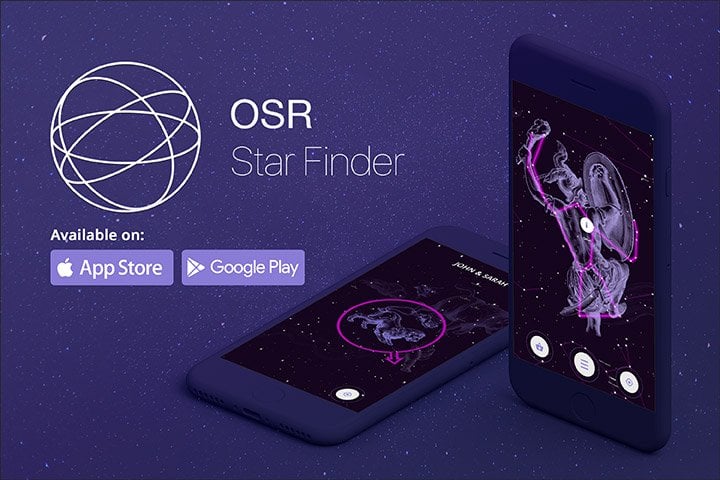What Is the Hubble Space Telescope?

In this article, we’ll examine the history and technology behind the Hubble Space Telescope. We’ll also explore the telescope’s standout achievements and possible future.
In the upper reaches of Earth’s atmosphere, a silent sentinel has tirelessly worked for decades to reveal the wonders and mysteries of the cosmos. This intrepid observer is none other than the Hubble Space Telescope, a monumental feat of engineering that has revolutionised our understanding of the universe. If you’ve ever looked up at the night sky with a sense of wonder and curiosity inspired by spectacular images of distant objects, Hubble has likely played a massive part in that experience!
What Is the Hubble Telescope?
Launched on April 24, 1990, aboard the Space Shuttle Discovery, the Hubble Space Telescope (HST) is a marvel of modern engineering. Named after astronomer Edwin Hubble, the powerful telescope has a 2.4-metre primary mirror and several instruments that can capture light across the full spectrum of wavelengths. This allows Hubble to peer deeper into space than any previous telescope, capturing images and data from some of the universe’s most distant and ancient objects.
But what sets Hubble apart from previous telescopes is its location. Unlike ground-based telescopes, Hubble orbits the Earth at about 547 kilometres, allowing it to avoid atmospheric interference and capture incredibly crisp and clear images. As a result, Hubble has made groundbreaking discoveries in fields such as astronomy, cosmology, and planetary science.
How Was the Hubble Space Telescope Built?
CREDIT: NASA's Goddard Space Flight Center, ESA, STScI
Lyman Spitzer first proposed the idea for a space telescope in 1946. However, it wasn’t until the 1970s that the project gained significant traction. With advances in technology and a growing interest in space exploration, NASA launched the Hubble program in 1977. However, it would take more than a decade to bring this ambitious project to fruition.
Designed and built by an international team of scientists and engineers, constructing Hubble was no easy feat. It required precise and complex engineering and innovations in optics, materials, and computer technology. The telescope was then transported to Kennedy Space Center for final preparations before launch.
The Tech Behind the Telescope
Hubble’s suite of instruments includes cameras and spectrometers that can observe in ultraviolet, visible, and infrared light. This enables it to peer into the universe at different wavelengths and provide a multi-faceted view of its structure and composition. Over the years, Hubble has also undergone several servicing missions that have further upgraded its instruments and systems, extending its life and enhancing its capabilities.
Hubble’s Orbit
At an average altitude of about 547 kilometres (340 miles) above the Earth, Hubble orbits the planet every 97 minutes. This low-Earth orbit allows Hubble to have a relatively unobstructed view of the universe, away from atmospheric distortions that can affect ground-based telescopes. However, this also means that Hubble’s orbit slowly decays due to drag from Earth’s atmosphere, requiring periodic boosts to maintain its altitude.
Milestones in Hubble’s Journey
Since its launch in 1990, the Hubble Space Telescope has achieved numerous milestones that have revolutionised our understanding of the universe. One of its early discoveries was a more precise measurement of the universe’s age, which Hubble helped narrow down to around 13.8 billion years. Additionally, Hubble played a crucial role in research into dark energy, a mysterious force that physicists believe is accelerating the expansion of the universe.
Hubble’s high-resolution images have also allowed astronomers to observe the formation and evolution of galaxies, witnessing them in various stages of their lifecycle. This has provided invaluable insights into how galaxies form and how they have changed over billions of years. Furthermore, Hubble has been instrumental in studying the planets in our solar system, capturing detailed images of weather patterns on Jupiter, the rings of Saturn, and the atmosphere and surface of Mars.
Servicing the Hubble Space Telescope
CREDIT: NASA's Goddard Space Flight Center, ESA, STScI
Despite its sophistication, Hubble is not impervious to the harsh realities of space. Its components degrade over time, and technological advancements present the opportunity for upgrades. To date, five servicing missions have visited the telescope, with astronauts enduring significant risk in spacewalks to keep the telescope at the cutting edge of science.
The first servicing mission in 1993 installed corrective optics to fix the telescope’s initially flawed mirror. Beyond just repairs, subsequent missions have also improved its capabilities, ensuring that Hubble remains a valuable tool for scientific exploration.
The Future: Hubble Space Telescope and Beyond
Despite the care and attention lavished on it, Hubble is not immortal. Its systems are ageing, and its successor, the James Webb Space Telescope, is now taking up much of the mantle of deep-space observation. So, what lies ahead for Hubble, and how will its legacy inform the next generation of astronomical tools?
As Hubble continues to function, scientists and engineers are developing ways to extend its lifetime. Strategies include updating its software remotely and switching to backup systems when necessary.
In terms of future missions, there is still potential for one final servicing mission in the next few years. This would be a daring undertaking that could require assistance from a private space exploration company, like SpaceX, as the space shuttle program has been retired since 2011.
Without intervention, the Hubble Telescope’s orbit will decay to the point of re-entry within the next decade or two. However, NASA has plans to dispose of Hubble safely and in a controlled manner, ensuring that it does not pose a danger to Earth. Alternatively, a future service mission could further extend the telescope’s lifespan by a few more decades.
OSR Star Finder

Hubble’s decades-long mission has surpassed all expectations. It has expanded our understanding of the universe but also deepened our appreciation for the vast beauty that lies beyond our blue planet. Now, as we stand on the cusp of new astronomical achievements, the legacy of Hubble will continue to inspire future generations of scientists, astronomers, and dreamers.
For those captivated by the mysteries of the cosmos and eager to explore the stars themselves, the OSR Star Finder app offers a gateway to the heavens. Embark on your own celestial journey today!

